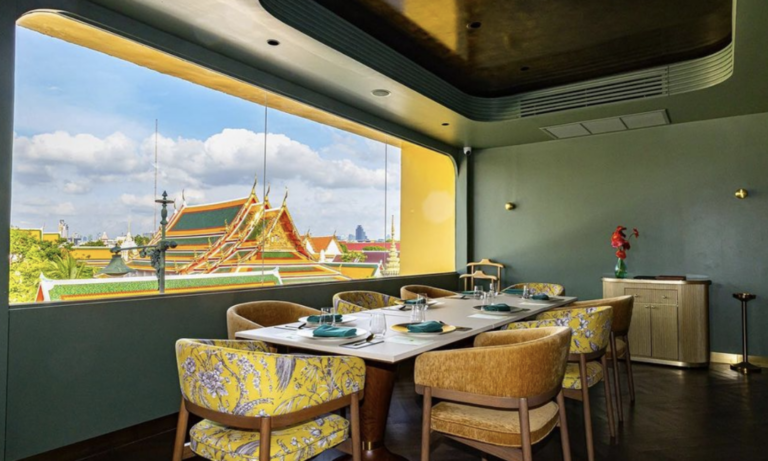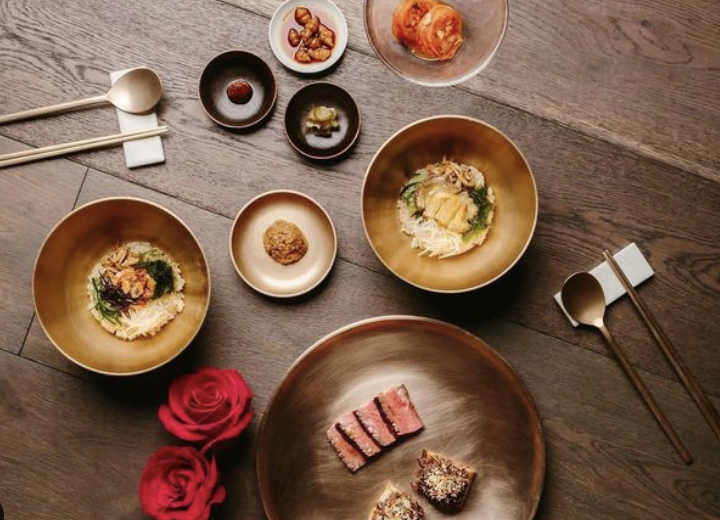
In my career as a culinary writer, I have had the privilege of speaking with many outstanding chefs, but my conversation with Eiji Taniguchi was unforgettable. His background and culinary journey took many unexpected turns. Immersed in the world of cooking from a young age, his initial dream was to become a chef of Japanese cuisine, but fate led him down a different path.

Earlier this year, I finally revisited Bangkok and had the pleasure of dining with Tam (Chaisiri Tassanakajohn), the co-founder of the acclaimed Nusara restaurant, who is also the younger brother of Le Du’s Chef Ton (Thitid Tassanakajohn). Since its opening in 2020, Nusara has proved hugely popular for its unique Thai cuisine and family-influenced culinary traditions, garnering a third place at last year's Asia's 50 Best Restaurants.

Since its opening in 2020, Hansik Goo has been crowned a Michelin star. "Hansik" means Korean cuisine, while "Goo" represents Chef Mingoo Kang's innovative Korean dishes, aimed at offering a relaxed enjoyment of authentic modern Korean cuisine. The setting is spacious and bright with a warm ambiance. Interestingly, the building is home to many other Michelin-starred restaurants: The Chairman, Vea, and Wing. I said to myself that I should really stay longer next time I come to Hong Kong.

Even the worldaround us is building more walls, globalization continues to flow through intangible things. Whether it's the fusion of various cuisines or the subtle tweaks made to local dishes in order to bring in other culinary traditions, one can see that a new generation of chefs is creating trends – each has a story behind. Chef Pam's fusion cuisine stems from her family background. Thai by birth, Chef Pam is the fifth generation of her family who immigrated from southern China. Chinese-Thai cuisine was her everyday diet, which also led to the creation of Potong, one of Bangkok's most sought-after restaurants.








